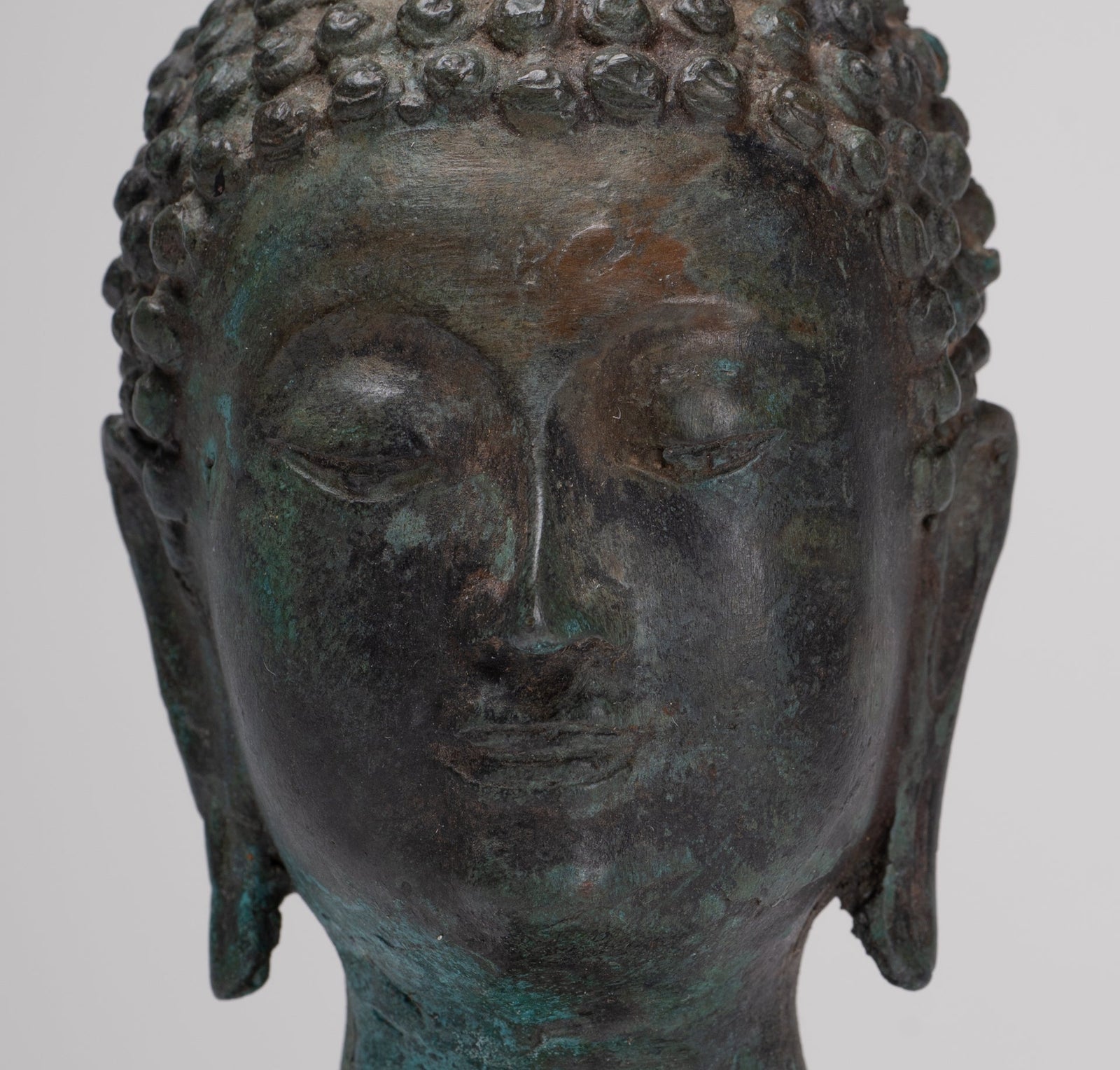
Right Intention (Sammā-Sankappa): The Heart's Alignment on the Noble Eightfold Path
Among the eight transformative steps of the Noble Eightfold Path, Right Intention (Sammā-Sankappa) holds a unique and deeply personal place. While Right View (Sammā-Diṭṭhi) is about seeing the truth of reality, Right Intention is about how we respond to that truth within our own hearts and minds.
It is the moral compass of our thoughts—the emotional and ethical energy behind our actions.
Right Intention is where the seed of enlightenment is nourished. It reveals what we truly value and where our path begins.
Understanding Right Intention
The Pali word Sankappa translates roughly to "intention," "resolve," or "thought." It refers not to fleeting ideas, but to the deep mental patterns and motivations that shape our words and deeds.
Right Intention means letting go of harmful or self-centered motivations and nurturing wholesome ones. The Buddha identified three core components of Right Intention:
-
The Intention of Renunciation (Nekkhamma Sankappa)
-
The Intention of Non-Ill Will (Avyāpāda Sankappa)
-
The Intention of Harmlessness (Avihiṃsā Sankappa)
These intentions are antidotes to the three root causes of suffering: greed (lobha), hatred (dosa), and delusion (moha).
1. The Intention of Renunciation (Nekkhamma)
This does not mean abandoning joy or withdrawing from life, but rather letting go of attachment and craving. It is the sincere wish to free oneself from the grip of sensual desires, addictions, and clinging.
Renunciation in this sense is a positive movement toward simplicity and inner peace.
-
It means choosing contentment over consumption.
-
It means valuing freedom over possession.
-
It means realizing that happiness does not come from having, but from being.
“Letting go gives us freedom, and freedom is the only condition for happiness.” – Thich Nhat Hanh
2. The Intention of Non-Ill Will (Avyāpāda)
This is the cultivation of loving-kindness (mettā) and compassion (karuṇā). It means wishing well for all beings, including those we disagree with or dislike.
Non-ill will replaces anger, resentment, and blame with understanding and goodwill.
-
It means pausing before reacting in anger.
-
It means cultivating empathy.
-
It means seeing others as fellow travelers in this world of change and suffering.
When our intentions are rooted in kindness, our actions naturally become more harmonious and healing.
3. The Intention of Harmlessness (Avihiṃsā)
This refers to the active commitment to non-violence, not only in action, but in thought and speech. It means refraining from causing harm to any living being—physically, verbally, or emotionally.
Harmlessness arises from deep respect for life and interconnectedness.
-
It means choosing gentleness over aggression.
-
It means recognizing the impact of our choices.
-
It means honoring the sacredness of all beings.
This intention extends beyond human beings to include animals, nature, and the entire web of life.
The Power of Intention in Buddhism
In Buddhism, intention (cetana) is what shapes karma. It is not just what we do, but why we do it that matters. Even a small act, when done with wholesome intention, becomes a powerful cause for future peace and awakening.
The Buddha said:
“It is volition, monks, that I call karma; for having willed, one acts by body, speech, and mind.” – Anguttara Nikāya
So, to purify our lives, we begin by purifying our intentions.
Right Intention and the Noble Eightfold Path
Right Intention flows naturally from Right View. Once we understand the nature of suffering and the path that leads beyond it, our intentions begin to shift. We no longer seek gratification at the expense of others. We become more aligned with compassion, wisdom, and equanimity.
Right Intention supports:
-
Right Speech: We speak with care, not malice.
-
Right Action: We act with awareness and integrity.
-
Right Livelihood: We earn our living in ways that reflect our values.
Each factor strengthens the others—creating a virtuous circle of awakening.
How to Cultivate Right Intention in Daily Life
🌱 1. Daily Reflection
Begin each day by asking:
-
What is motivating me today?
-
Am I acting from love or fear?
-
What can I let go of to be freer?
Setting your intention each morning sets the tone for the day.
🌼 2. Meditation on Loving-Kindness (Mettā Bhāvanā)
Regularly practice sending loving-kindness to yourself and others, especially those you struggle with. This softens the heart and replaces ill will with goodwill.
🔥 3. Practice Letting Go
Notice where you're attached—whether to possessions, outcomes, or identity. Gently loosen your grip. Ask:
-
What would freedom look like in this moment?
-
Can I be content without needing this to go my way?
🕊 4. Live Gently
Speak and act with mindfulness. Choose words that heal. Avoid harm where possible. Let your presence be a sanctuary for others.
The Beauty of Right Intention
Right Intention brings a quiet revolution. It doesn't shout or seek applause—it works silently in the heart, reshaping the very nature of our being. It transforms suffering into compassion, and confusion into clarity.
Over time, as Right Intention deepens, we begin to live from the inside out, with authenticity, peace, and purpose. We become less reactive, more aware, and more attuned to the needs of others and the world around us.
Conclusion: Aligning Heart and Mind
Right Intention is the spiritual art of aligning our hearts with wisdom. It is the quiet yet powerful shift from grasping to letting go, from aversion to compassion, from unconscious living to awakened presence.
As we cultivate Right Intention, we walk the path not only with our feet, but with our hearts.
May your intentions be clear, kind, and freeing.
May they guide you ever closer to awakening.
🙏 Namo Buddhaya. 🙏


